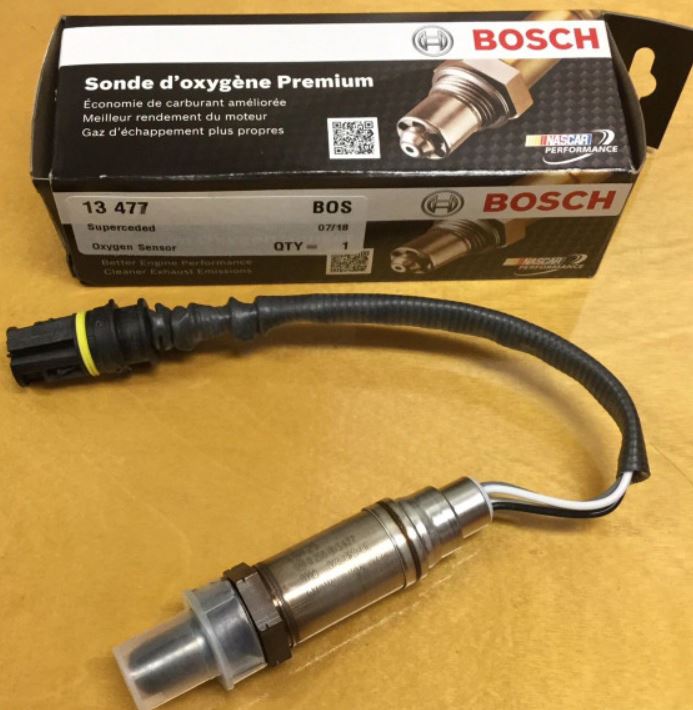What is an O2 Sensor and why is it important?
Oxygen sensor, often referred to as an O2 sensor, is a device that measures the amount of oxygen present in the exhaust stream. Most car owners are not aware of its existence, until your check engine light goes on. The oxygen sensor is the most common cause of this dashboard indicator and is a vital part of your car’s emissions control system. Two types of oxygen sensors are commonly used in vehicles, Narrowband, and Wideband sensors. The narrowband sensor produces a signal that varies between 0 and 1 volt, while the wideband sensor produces a more precise voltage signal.
How it Works
The oxygen sensor is mounted in the exhaust system, usually near the exhaust manifold. Its job is to measure the amount of oxygen in the exhaust fumes, which is a good indicator of how efficiently the engine is running. The sensor sends this information to the engine control module (ECM), which then adjusts the air-fuel mixture ratio to achieve optimal combustion.
Why is it Important
Having a faulty oxygen sensor can cause various problems, such as decreased fuel efficiency, reduced engine performance, and increased emissions. A malfunctioning O2 sensor can also damage the catalytic converter, which is an expensive component that helps reduce harmful emissions. Therefore, it is vital to maintain your vehicle’s oxygen sensor regularly.
Signs of a Faulty Oxygen Sensor
A malfunctioning oxygen sensor can be detected through various symptoms. One of the most common is reduced fuel economy. When the O2 sensor is faulty, the ECM cannot accurately adjust the air/fuel mixture causing more gas to be consumed. Other signs include a rough idle, failed emissions test, and a lit check engine light indicator on your dashboard. Any signs of a faulty oxygen sensor should be addressed promptly to prevent potential damages and costly repairs.



